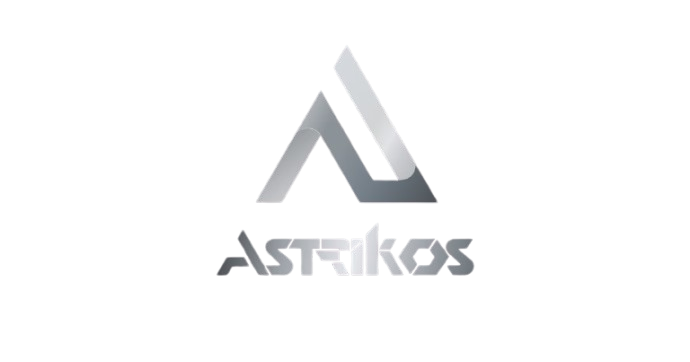In today’s connected world, education is no longer confined to classrooms or textbooks. Modern campuses are evolving into intelligent ecosystems – dynamic spaces that enhance learning, optimize operations, and improve safety using the power of data, AI, and automation. But building a smart campus from scratch isn’t about installing a few sensors or Wi-Fi routers. It requires vision, planning, and integrated digital infrastructure. So, what does it really take to build a smart campus from the ground up?
- Vision Before Technology
Every smart campus starts with a purpose. Before jumping into technologies, institutions must define clear objectives. Is the goal to enhance energy efficiency? Improve student safety? Enable adaptive learning environments? Or all of the above?
Establishing these priorities ensures that the technology serves people – not the other way around. A smart campus isn’t just a digital replica of a traditional one. It’s a reimagined space where technology supports academic excellence, sustainability, and human experience.
- Digital Infrastructure: The Nervous System
Think of the smart campus as a living organism. Its nervous system is the digital infrastructure – comprising IoT sensors, high-speed networks, cloud storage, and edge computing.
- IoT Sensors collect data on occupancy, temperature, lighting, air quality, and more.
- Network Connectivity ensures seamless communication across devices – from classrooms to admin blocks.
- Edge Devices process data closer to the source, reducing latency for real-time decisions.
- Cloud Platforms offer scalability and central data control, essential for analytics and integration.
This foundation must be scalable and future-proof, capable of adapting to emerging needs without constant overhauls.
- Unified Smart Dashboards: The Brain Behind Operations
Once the infrastructure is in place, data needs to be visible and actionable. That’s where platforms like astrikos.ai’s Smart Campus Dashboard come in.
These centralized dashboards act as control centers – collecting, visualizing, and analyzing real-time data from across the campus. Whether it’s monitoring energy usage in a building, tracking student footfall, or managing digital signage, the dashboard enables administrators to make informed, data-backed decisions.
Features often include:
- Real-time occupancy heatmaps
- Automated alerts for safety or maintenance
- Predictive analytics for resource planning
- Integration with campus management systems (LMS, ERP)
- Energy and Sustainability: Going Green Intelligently
Smart campuses aren’t just about tech; they’re also about being responsible. Energy efficiency and sustainability are core pillars.
Technologies like AI-powered HVAC control, smart lighting systems, and real-time energy dashboards help reduce consumption without sacrificing comfort. Solar integration, water management systems, and waste tracking add further layers of green intelligence.
Importantly, students and staff can also be engaged through gamified energy-saving apps or real-time environmental dashboards placed in common areas – fostering a culture of sustainability.
- Student-Centric Features: Making Daily Life Smarter
A truly smart campus puts the student experience at the center. This means using AI and data to create environments that are personalized, safe, and convenient.
Some examples:
- Wayfinding apps using BLE and GPS to guide students around large campuses
- AI chatbots for handling admin queries 24/7
- Smart classrooms with adaptive lighting and climate control
- Mobile access control for seamless entry to hostels, labs, or libraries
- Health and wellness integrations like occupancy-based fitness center limits or indoor air quality alerts
These features don’t just showcase tech-they solve real, everyday problems.
- Safety, Security, and Compliance
Security is one of the most critical components – both physical and digital. AI-powered CCTV with anomaly detection, geofencing for restricted zones, contactless attendance, and cyber-secured networks form the backbone of a protected campus.
With increased digitization, compliance with data protection and cybersecurity laws becomes essential. Ensuring encrypted data flows, role-based access, and regular audits builds trust among students, parents, and regulators.
- Integration and Interoperability: Breaking the Silos
One common pitfall in digital transformation is disconnected systems. A smart campus thrives when all tools — from HVAC systems to learning platforms – work in harmony.
That’s why choosing platforms with open APIs and interoperability standards is vital. Middleware layers or AI engines like those from astrikos.ai help unify fragmented systems, turning raw data into coordinated, intelligent actions.
- The Human Element: Training and Culture
Technology is only as good as the people who use it. Transitioning to a smart campus requires change management – training staff, onboarding students, and cultivating a digital-first mindset.
Workshops, digital literacy programs, and real-time feedback channels ensure adoption and constant improvement. Empowering users with insights – not just tools – completes the transformation.
Final Thoughts
Building a smart campus from scratch is not just a tech project – it’s a cultural shift. It’s about creating a future-ready, inclusive environment where students thrive, faculty innovate, and resources are used wisely. At astrikos.ai, we believe that smart campuses aren’t just possible – they’re essential for the future of education. With the right foundation, a smart campus doesn’t just function better – it thinks, learns, and evolves with its community.

